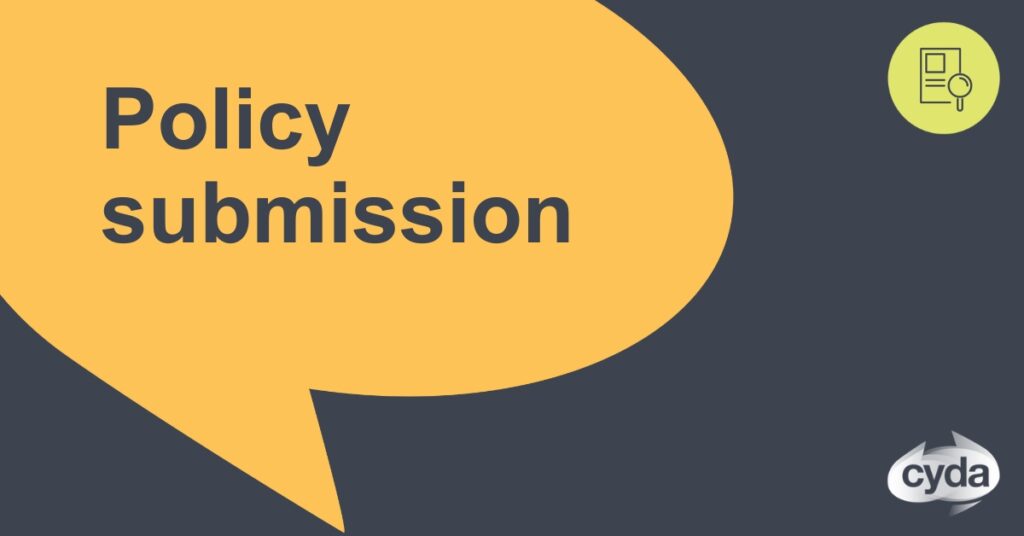Children and Young People with Disability Australia’s response to the Disability Royal Commission Employment issues paper highlights that the disadvantage young people with disability experience in the labour force is the result of systems neglect throughout life transitions.







